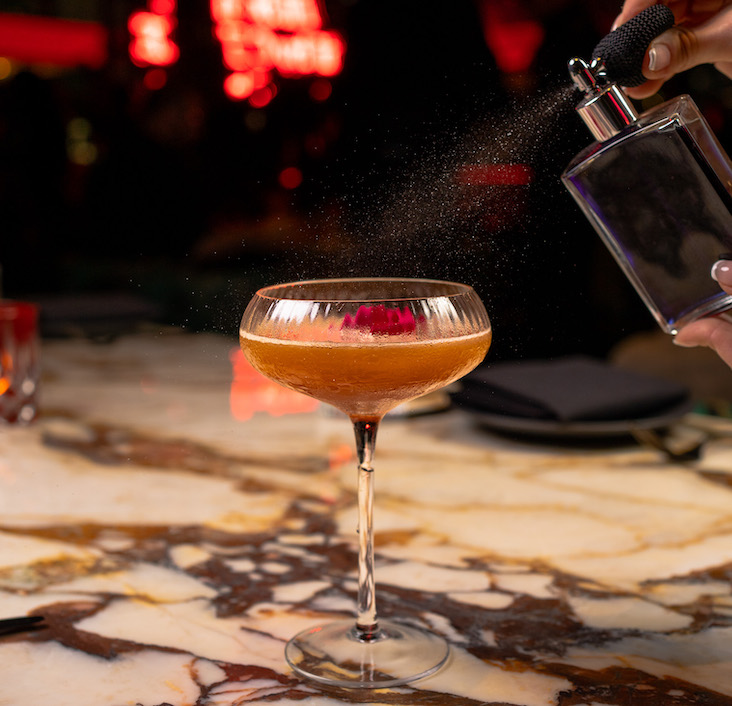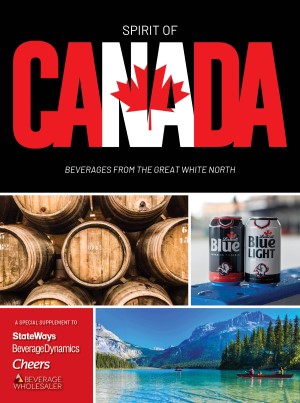SCENE: An informal wine tasting. The attendees? Not the usual gaggle of wine professionals, but instead a gathering of non-expert consumers who love wine. In other words, the basic wine customer.
Fifteen bottles of red wine from all over stand on a table, their labels hidden behind brown paper bags. And, at the end of the evening, the favorite–a modest $8 bottle of 1995 Vegas Sindoa, a cabernet/tempranillo (tem-pra-NEE-o) blend. Not only did it win more friends than vintages three times the price, but the Spanish red provided the added benefit of matching well with the cocktail food, from tangy Indian somosas to dense chopped liver. This was the all-purpose wine consumers long for, a red that goes with just about anything (well, except maybe the anchovies).
Some operators of restaurants and bars around the country already know what the wine-tasting guests discovered that night: not only are Spanish vintages arguably the most versatile and food-friendly wines sold today, they offer excellent value at a time when wine prices seem uncontrollable. What took the American wine world so long?
Some revelations just take a little more time than others, but a few important moments in recent history may have helped:
Modernization of the winemaking industry finally hit the Iberian peninsula in the mid-1980’s, meaning cleaner production and cleaner tastes.
Pesquera, a Bordeaux taste-alike from winemaker Alejandro Fernandez, hit the scene in 1984 to rave reviews, garnering new respect and hope for the region.
In the early ’90s, the flavors of long-term barrel aged whites made way for refreshing newer ones. Enter the gorgeous Spanish albarinos.
The popularity of Mediterranean cuisine, with its robust and herbaceous foods from North Africa, Italy, Portugal, Provence and the Middle East, sent wine list makers scurrying to find compatible wines.
Wine marketer Wines of Spain seized the opportunity to push riojas, and also instituted their yearly travelling wine and tapas tasting–The Great Match–in six cities. Predictably, after a Great Match event, Spanish wine sales increase locally.
Perhaps as a result, Spanish wine imports have rebounded somewhat from plummeting sales in the late 1980s to the early 1990s. In 1997, Spanish table wines imports hit 2,385,000 gallons, the highest level since 1987, according to Adams Business Media’s 1998 Wine Handbook. (Sales of Spain’s dessert, fortified and sparkling wines continued a decade-long decline, however.)
Recently, consumer wine writers have focused on quality Spanish vintages. Spanish wine authority Gerry Dawes recently commented on albarino’s rise for the consumer magazine Wine News. Citing NYC’s nuevo latino restaurant, Patria, he wrote “Albarino has even begun to challenge chardonnay as the best selling white wine. Chef/owner Douglas Rodriguez thinks that Organistrum, an oak-aged albarino at the top of the spectrum that sells for $64 per bottle on Patria’s wine list, can stand up to the best white wines of Europe.”
International wine authority Hugh Johnson, in his recently revised Modern Encyclopedia of Wine, credits the re-establishment of strong regionality in Spain for the production of “more better-quality wines with more regional credibility even than it did five years ago.”
MAKING GREAT MATCHES
David Selig wasn’t thinking about any of the above-mentioned factors when he put together his narrow, den-like and mosaic-covered tapas bar,




